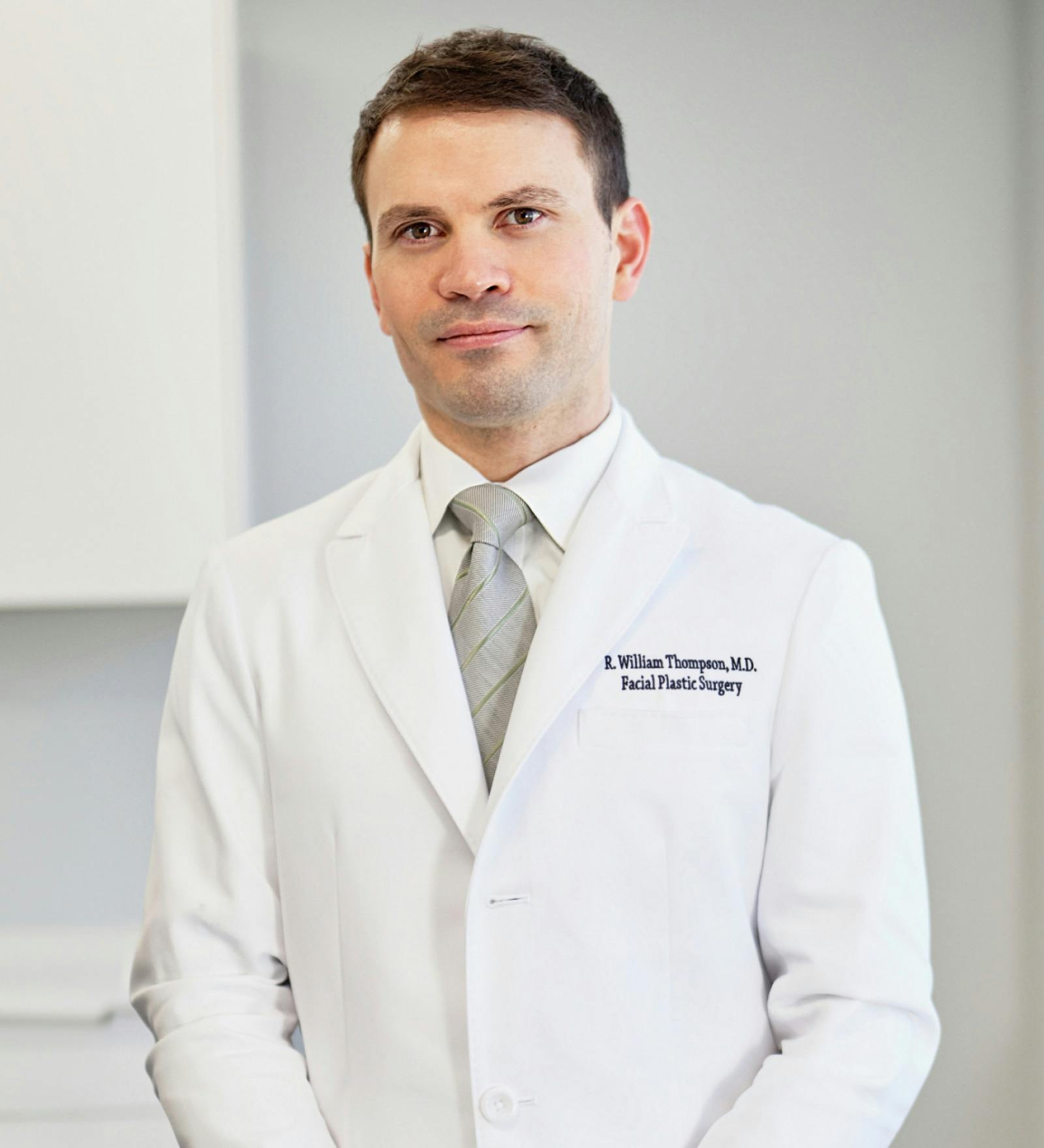A deep plane facelift is a gold-standard solution for reversing signs of aging, such as sagging skin, loss of definition in the jawline, nasolabial folds, and wrinkles. More restorative and transformative than its conventional counterpart, the surgery provides highly natural-looking outcomes that optimize harmony among the facial features.
What Are the Benefits of a Deep Plane Facelift in Denver, Co?
Patients choose a deep plane facelift in Denver for its dramatic, age-defying results and the self-confidence that their outcome brings. Benefits include the following:








